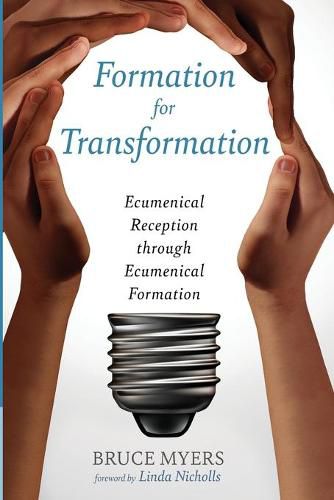Readings Newsletter
Become a Readings Member to make your shopping experience even easier.
Sign in or sign up for free!
You’re not far away from qualifying for FREE standard shipping within Australia
You’ve qualified for FREE standard shipping within Australia
The cart is loading…






This title is printed to order. This book may have been self-published. If so, we cannot guarantee the quality of the content. In the main most books will have gone through the editing process however some may not. We therefore suggest that you be aware of this before ordering this book. If in doubt check either the author or publisher’s details as we are unable to accept any returns unless they are faulty. Please contact us if you have any questions.
In the past century the ecumenical movement has made extraordinary efforts in healing the wounds of division in the body of Christ–the church. However, in their formal preparation for ministry, many clergy learn little or nothing about the achievements, methods, or implications of ecumenism. This failure to adequately educate and inspire successive generations of Christian leaders about the quest for the church’s visible unity risks not only an irretrievable loss of ecumenical memory, but also a return to a time in which ignorance, fear, mistrust, suspicion, stereotypes, caricatures, recrimination, anathematization–even persecution–characterized the relations between divided churches. Drawing on decades of reflection on ecumenical reception and formation, and using the Anglican Church of Canada as a model, this book presents an approach to teaching the practical and theological aspects of ecumenism in a way that is both holistic and pragmatic and offers the potential to raise up a new generation of church leaders who are also agents of reconciliation and Christian unity.
$9.00 standard shipping within Australia
FREE standard shipping within Australia for orders over $100.00
Express & International shipping calculated at checkout
This title is printed to order. This book may have been self-published. If so, we cannot guarantee the quality of the content. In the main most books will have gone through the editing process however some may not. We therefore suggest that you be aware of this before ordering this book. If in doubt check either the author or publisher’s details as we are unable to accept any returns unless they are faulty. Please contact us if you have any questions.
In the past century the ecumenical movement has made extraordinary efforts in healing the wounds of division in the body of Christ–the church. However, in their formal preparation for ministry, many clergy learn little or nothing about the achievements, methods, or implications of ecumenism. This failure to adequately educate and inspire successive generations of Christian leaders about the quest for the church’s visible unity risks not only an irretrievable loss of ecumenical memory, but also a return to a time in which ignorance, fear, mistrust, suspicion, stereotypes, caricatures, recrimination, anathematization–even persecution–characterized the relations between divided churches. Drawing on decades of reflection on ecumenical reception and formation, and using the Anglican Church of Canada as a model, this book presents an approach to teaching the practical and theological aspects of ecumenism in a way that is both holistic and pragmatic and offers the potential to raise up a new generation of church leaders who are also agents of reconciliation and Christian unity.